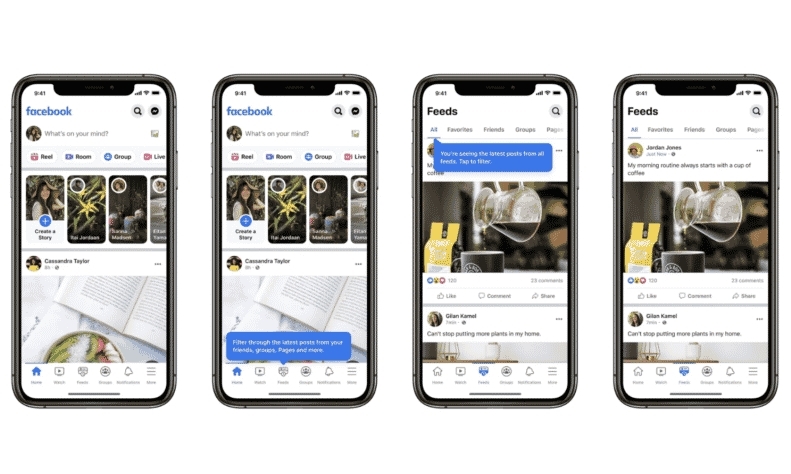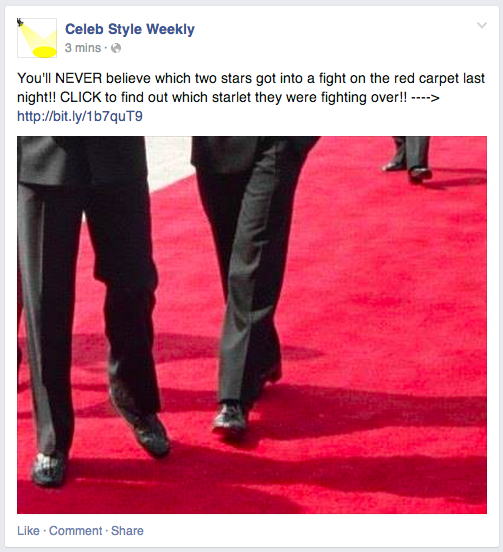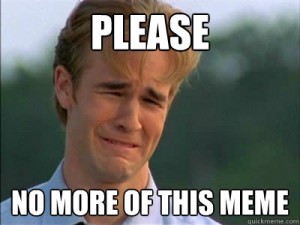Facebook’s revamped home feed is finally here after weeks of rumors and leaks.
The new home feed was announced by Meta CEO Mark Zuckerberg on the social network and explained in further detail in a Facebook Newsroom post over the weekend.
The big revamp is made up of two changes to users’ feeds which aim to bridge the gap between what people have come to expect from Facebook and the video-heavy experience made popular by TikTok.

These changes are:
- The Home tab will act as a “discovery engine” through personalized content recommendations, including an increased focus on Reels and Stories.
- A new Feeds tab will showcase content from specific types of sources, including friends, groups, and Pages. This content will be in reverse-chronological order.
As Zuckerberg said in his announcement:
“One of the most requested features for Facebook is to make sure people don’t miss friends’ posts. So today we’re launching a Feeds tab where you can see posts from your friends, groups, Pages and more separately in chronological order. The app will still open to a personalized feed on the Home tab, where our discovery engine will recommend the content we think you’ll care most about. But the Feeds tab will give you a way to customize and control your experience further.”
Does This Affect Your Ads?
According to the information available, advertisers should be largely unaffected by the revamped home feed for now. Facebook ads will continue to appear in all feeds. It is, however, unclear how engagement might differ between these feeds and how this might influence future ad updates.




 Yesterday Facebook
Yesterday Facebook 

